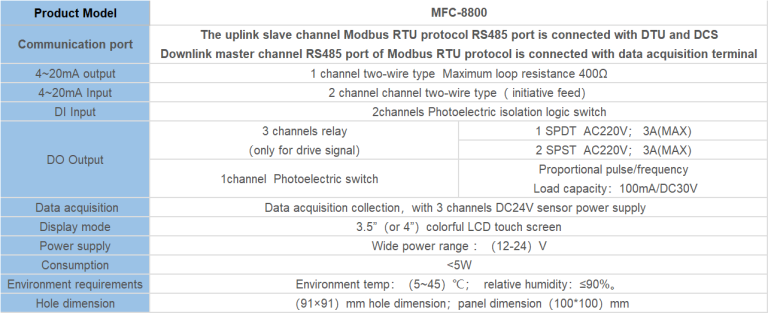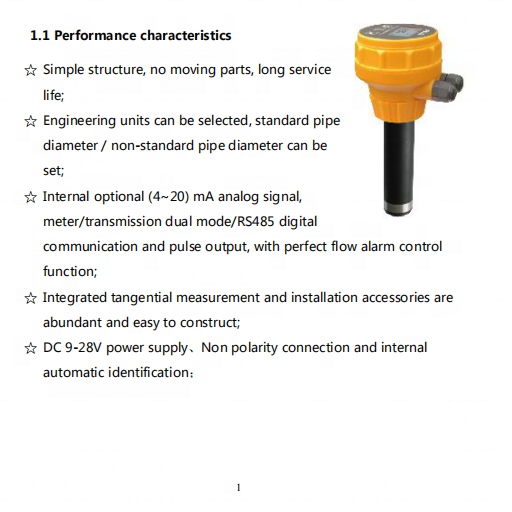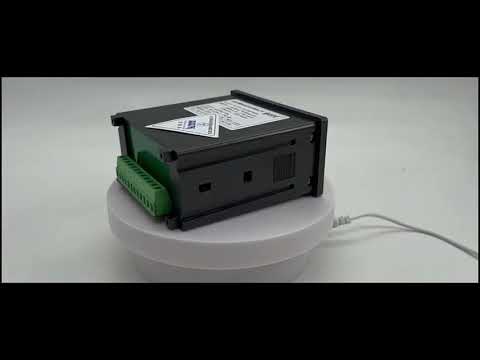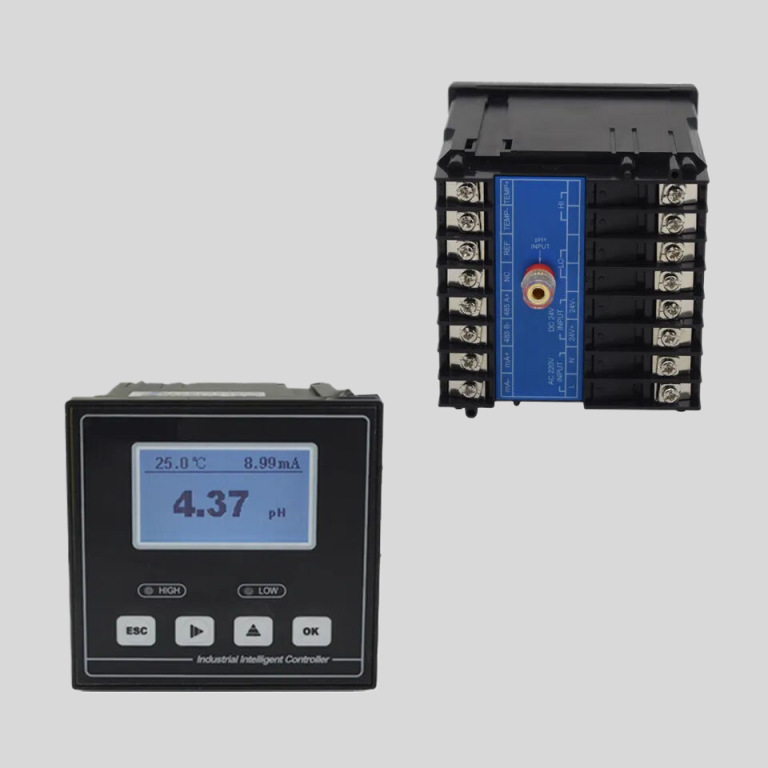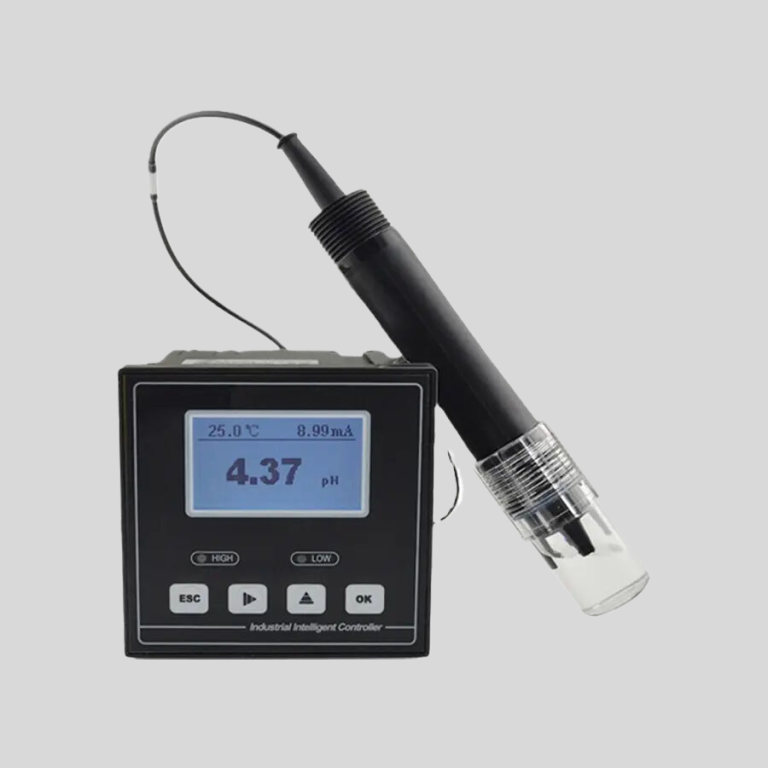“Unleash the power within.”
Exploring the Impact of pH Levels on Plant Growth and Health
The pH level of soil plays a crucial role in determining the health and growth of plants. pH is a measure of the acidity or alkalinity of a substance, with a scale ranging from 0 to 14. A pH of 7 is considered neutral, while anything below 7 is acidic and anything above 7 is alkaline.
The optimal pH level for most plants falls within a range of 6 to 7.5. When the pH of the soil deviates from this range, it can have a significant impact on the availability of essential nutrients for plant growth.
Acidic soil, with a pH below 6, can lead to deficiencies in nutrients such as phosphorus, potassium, and calcium. This can result in stunted growth, yellowing of leaves, and poor overall health of the plant. On the other hand, alkaline soil, with a pH above 7.5, can cause nutrient imbalances and toxicity, leading to similar symptoms of nutrient deficiencies.
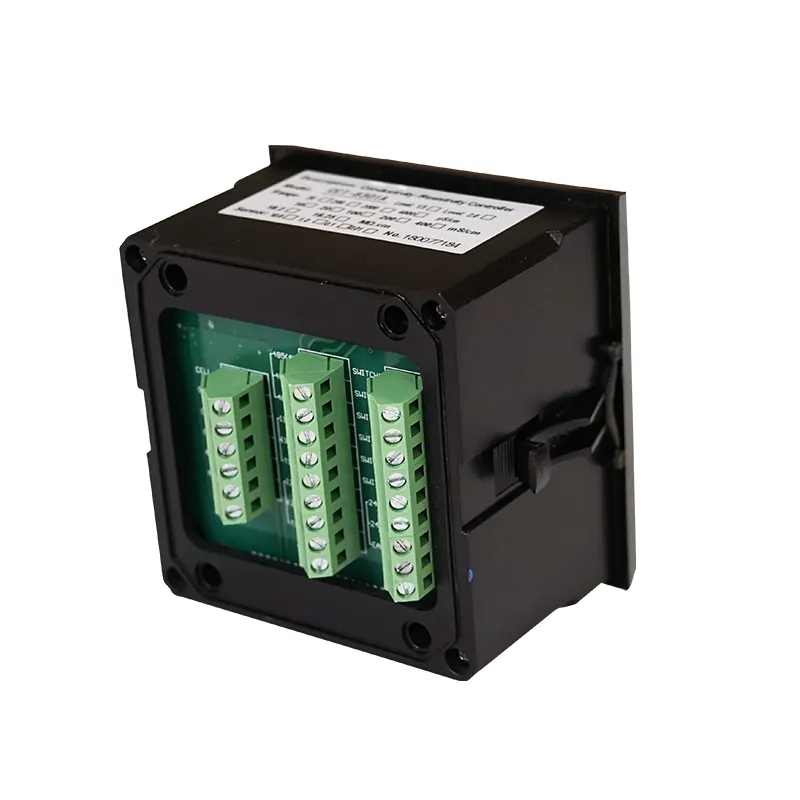
To determine the pH level of soil, gardeners can use a pH testing kit or send a sample to a laboratory for analysis. Once the pH level is known, adjustments can be made to bring it within the optimal range for plant growth.
One common method of adjusting soil pH is by adding lime to raise the pH of acidic soil. Lime is a natural substance that contains calcium carbonate, which helps to neutralize acidity and increase the availability of nutrients to plants.
On the other hand, sulfur can be added to lower the pH of alkaline soil. Sulfur reacts with water in the soil to form sulfuric acid, which helps to acidify the soil and make nutrients more accessible to plants.
| Model | EC-810 Conductivity/resistivity controller |
| Range | 0-200/2000/4000/10000uS/cm |
| 0-20/200mS/cm 0-18.25MΩ | |
| Accuracy | Conductivity:1.5%; Resistivity:2.0%(FS) |
| Temp. Comp. | Automatic temperature compensation based on 25℃ |
| Oper. Temp. | Normal 0~50℃; High temp 0~120℃ |
| Sensor | 0.01/0.02/0.1/1.0/10.0cm-1 |
| Display | LCD Screen |
| Current Output | 4-20mA output/2-10V/1-5V |
| Output | High/Low limit dual relay control |
| Power | AC 220V±10% 50/60Hz or AC 110V±10% 50/60Hz or DC24V/0.5A |
| Working Environment | Ambient temperature:0~50℃ |
| Relative humidity≤85% | |
| Dimensions | 96×96×100mm(H×W×L) |
| Hole Size | 92×92mm(H×W) |
| Installation Mode | Embedded |
It is important to note that adjusting soil pH is a gradual process and should be done carefully to avoid overcorrection. Regular monitoring of pH levels is recommended to ensure that the soil remains within the optimal range for plant growth.
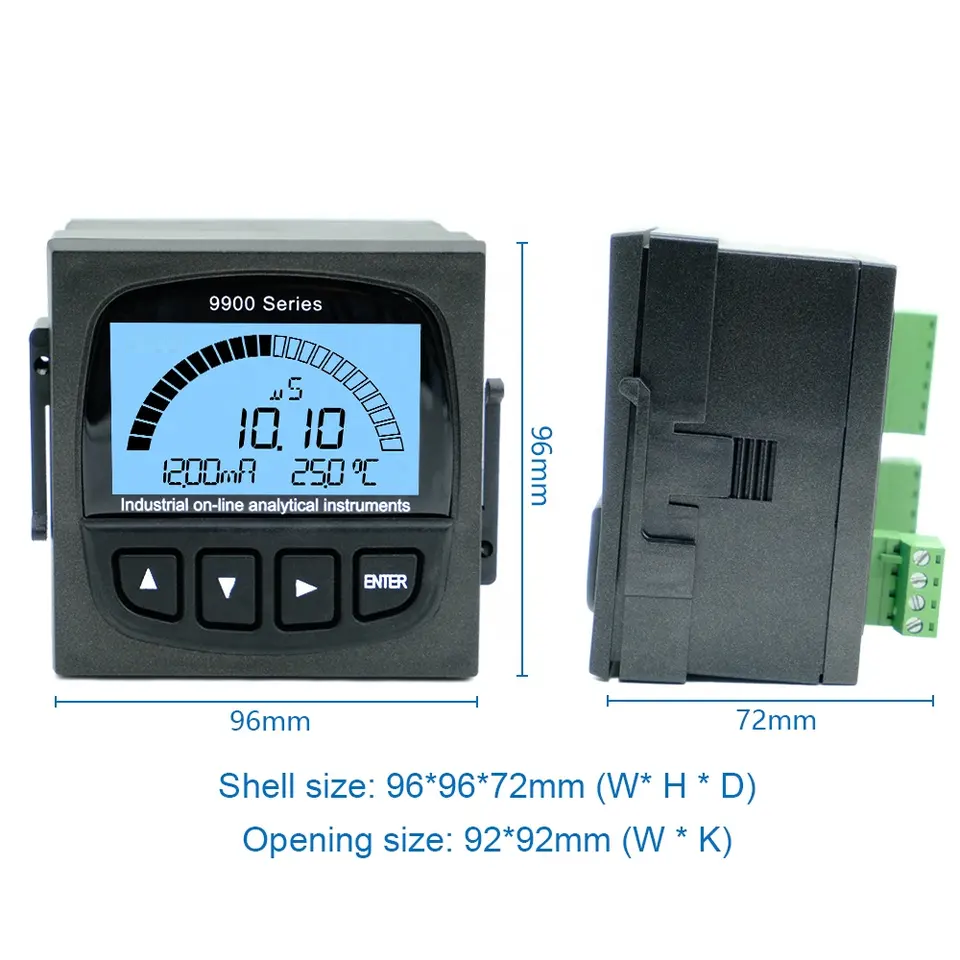
| Model | EC-510 Intelligent conductivity meter |
| Range | 0-200/2000/4000/10000uS/cm |
| 0-18.25MΩ | |
| Accuracy | 1.5%(FS) |
| Temp. Comp. | Automatic temperature compensation |
| Oper. Temp. | Normal 0~50℃; High temp 0~120℃ |
| Sensor | C=0.01/0.02/0.1/1.0/10.0cm-1 |
| Display | LCD Screen |
| Communication | 4-20mA output/2-10V/1-5V/RS485 |
| Output | High/Low limit dual relay control |
| Power | AC 220V±10% 50/60Hz or AC 110V±10% 50/60Hz or DC24V/0.5A |
| Working Environment | Ambient temperature:0~50℃ |
| Relative humidity≤85% | |
| Dimensions | 48×96×100mm(H×W×L) |
| Hole Size | 45×92mm(H×W) |
| Installation Mode | Embedded |
In addition to nutrient availability, pH levels also play a role in the activity of soil microorganisms. Many beneficial bacteria and fungi that help plants absorb nutrients thrive in slightly acidic soil. Therefore, maintaining the right pH level can promote a healthy soil ecosystem and improve plant growth.
In conclusion, the pH level of soil is a critical factor in determining the health and growth of plants. By understanding the impact of pH on nutrient availability and soil microorganisms, gardeners can make informed decisions about adjusting soil pH to optimize plant growth. Regular monitoring and careful adjustments are key to maintaining the strongest pH for healthy plants.

